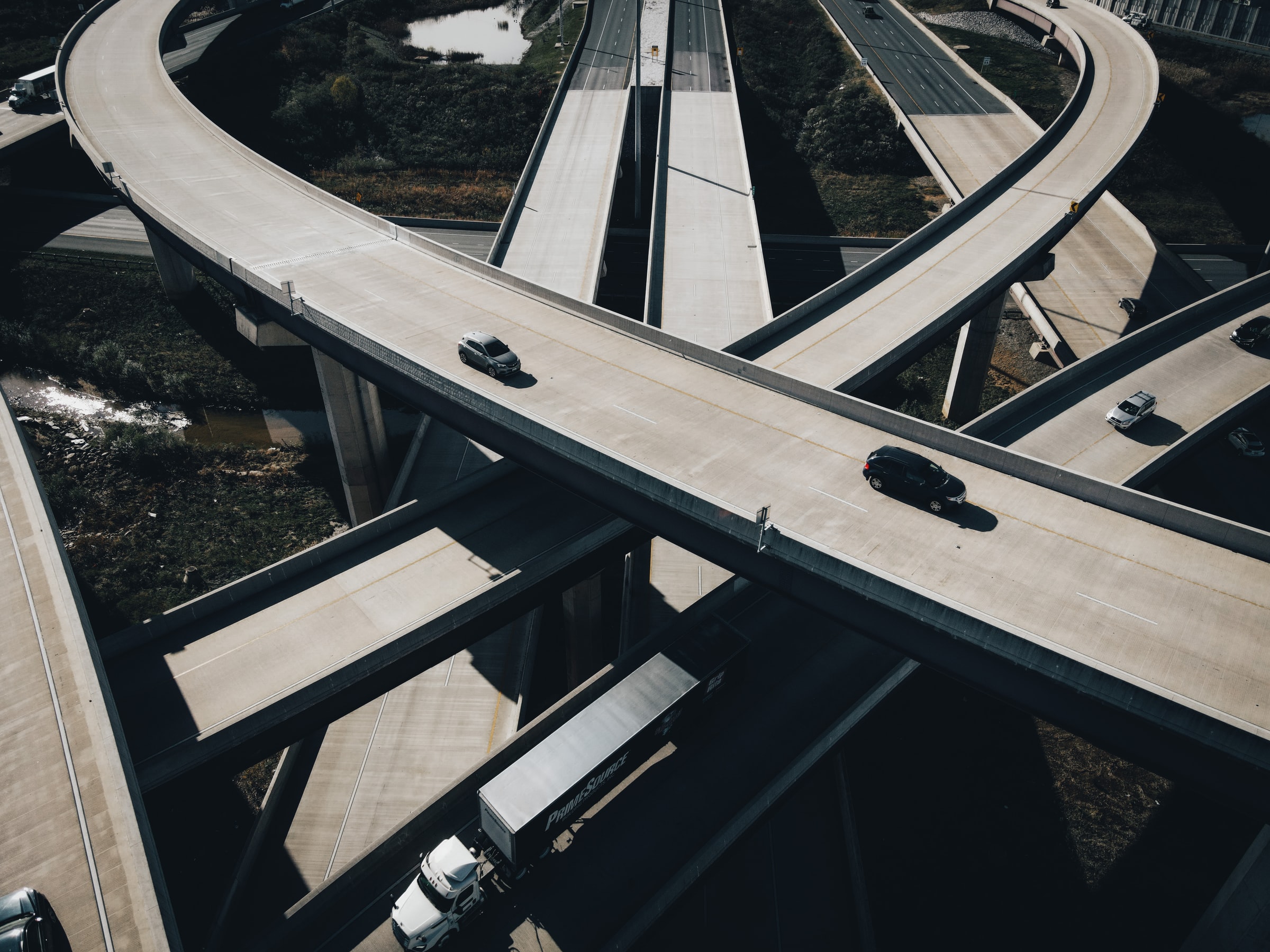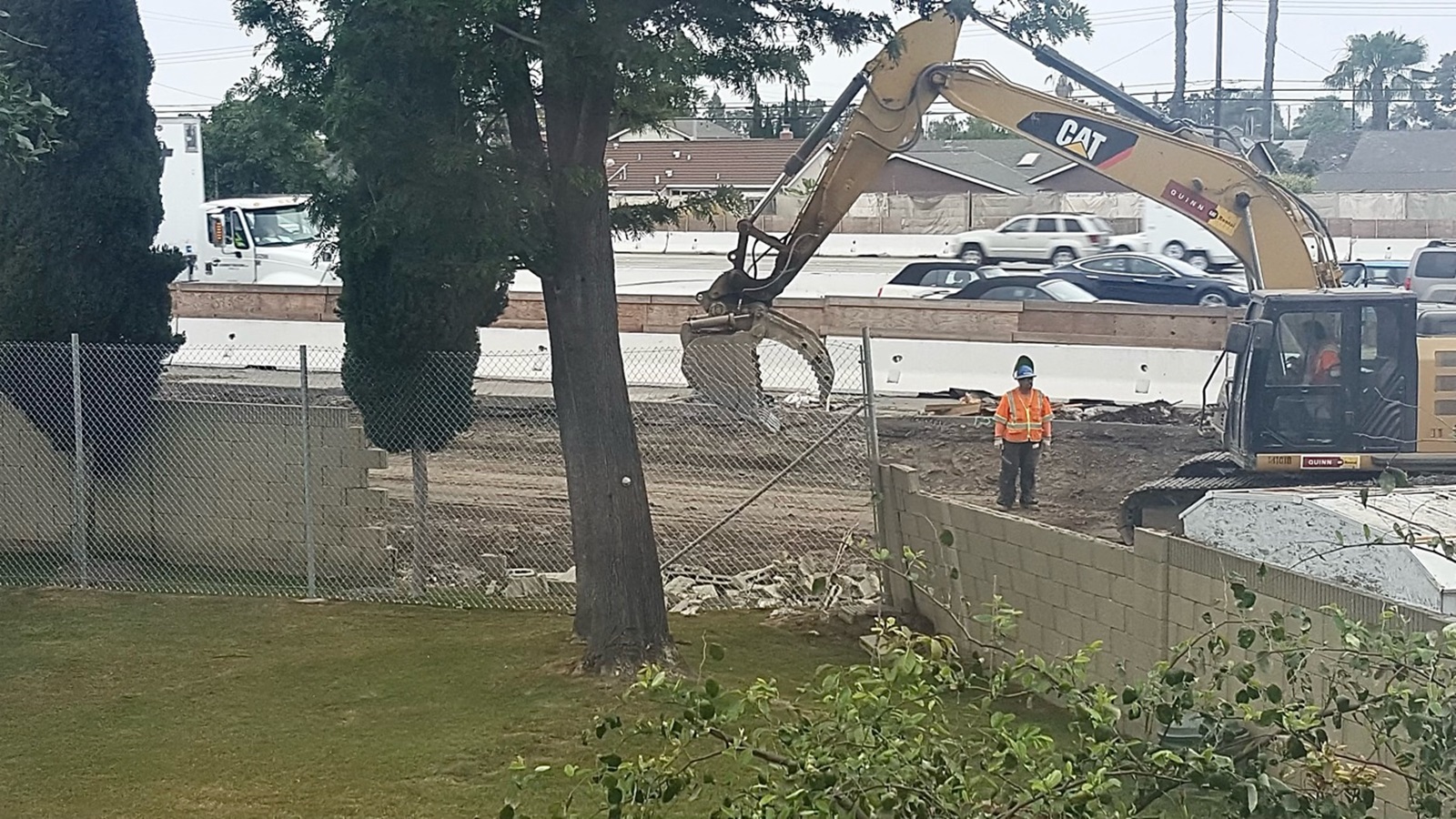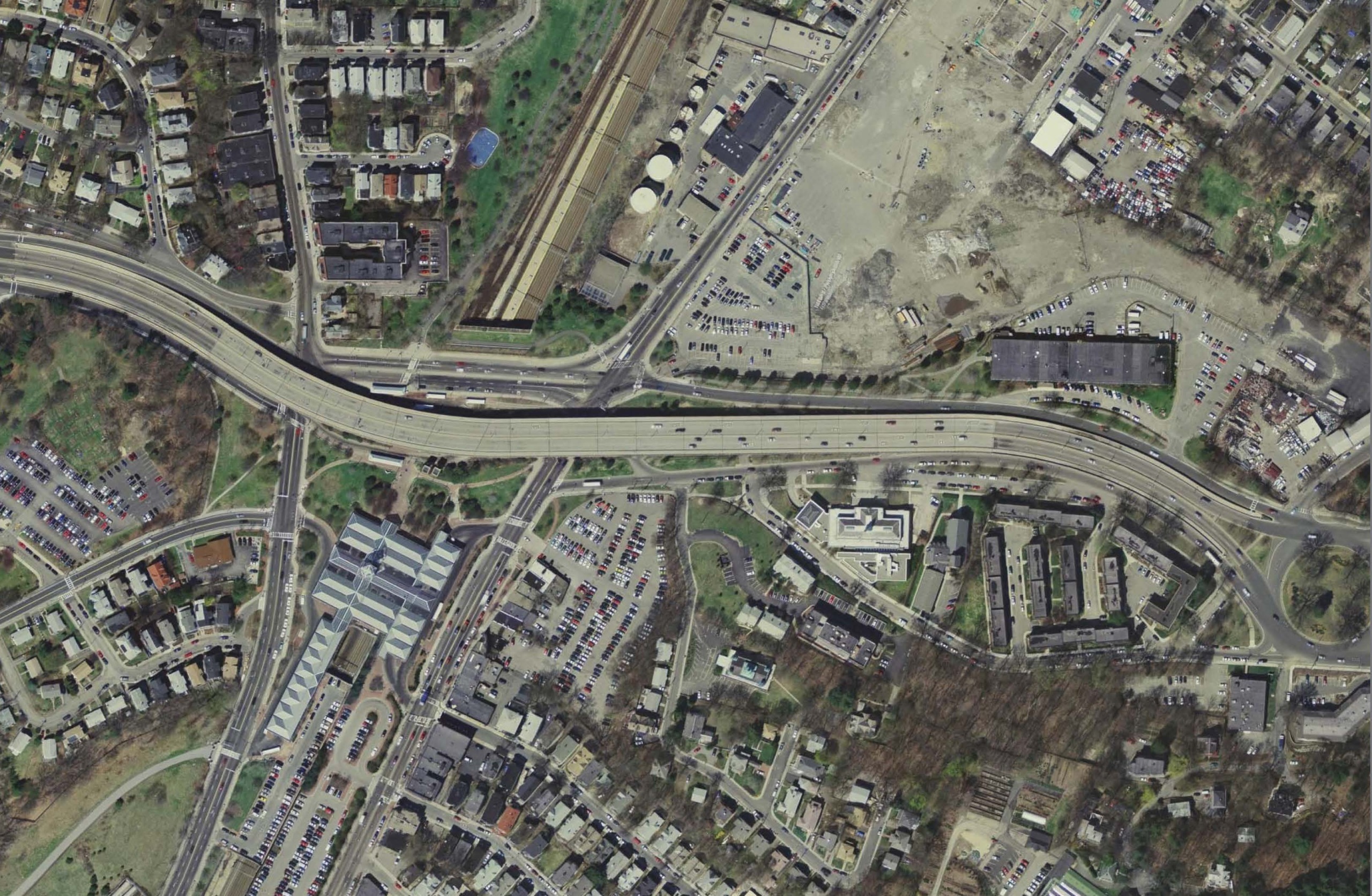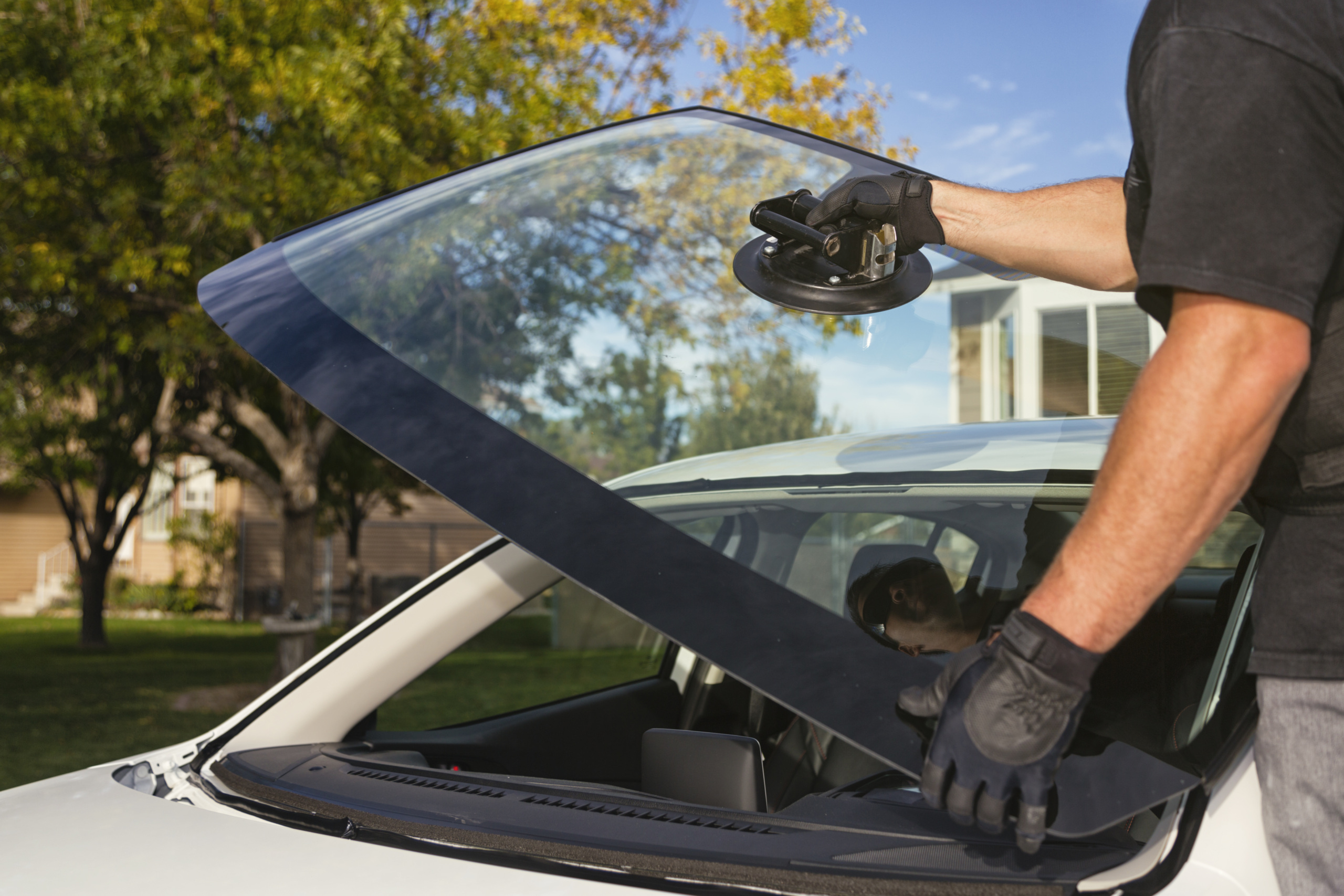
Our transportation finance system doesn’t work. Here’s how to fix it.
In the early 20th century, policymakers designed a system of pricing and paying for transportation geared toward meeting the needs of the times. A century later, the times have changed, but that system hasn’t – and it’s holding us back.

One of the most persistent misconceptions underpinning U.S. transportation policy is that roads “pay for themselves” by way of fuel taxes, registration fees and other charges levied on the drivers who use them. These levies, the theory goes, are not “taxes” in the conventional sense of the term, but rather “user fees,” and as such should be used exclusively for the benefit of those who pay them.
This understanding of how U.S. transportation finance works does have some basis in reality – or at least, the reality of a century ago. In 1919, Oregon became the first state to adopt a per-gallon tax on gasoline, which the state then used to fund roadbuilding projects. Within a little over a decade, every U.S. state plus the District of Columbia had followed Oregon’s lead. The federal fuel excise tax was first levied in 1932 as a deficit reduction measure during the Great Depression, but the current federal gas tax, adopted in 1956, was dedicated specifically to funding the construction of the Interstate Highway System.
This system of transportation finance was designed to facilitate the construction of high-quality roads at a time when there were few of them, and as the U.S. built out its road network, taxes on drivers came to cover the lion’s share of the cost.
While this system may have made sense for a nation building a brand-new highway network, however, a century later, it no longer does. In fact, it’s holding us back.
Gas taxes and other so-called “user fees” have never fully covered the cost of roads, but over recent years the gap has grown ever wider. Gas taxes and other fees on drivers pay for only around half of the total cost of building and maintaining roads nationwide, and often less than that, with the remainder coming largely from general tax revenues – in other words, from taxes paid by all Americans, regardless of how much they drive, or whether they even drive at all.
Second, although taxes on driving did at one time cover a decent portion of roadbuilding and maintenance costs, they have never even come close to covering the full costs automobile use imposes on society. From noise pollution to air pollution to climate change, these costs are massive and growing, and the fact that the current framework of transportation finance is set up in such a way as to ensure that transportation system users avoid paying for the full impact of their choices results in a de facto economic subsidy not just for automobile travel over other forms of transport, but for travel in larger, more dangerous and more highly polluting vehicles.
Continuing to allocate transportation dollars as though road construction were the nation’s main transportation priority and refusing to charge transportation system users for the full impact of their choices prevents us from getting to work on the real transportation priorities of the 21st century: keeping our already massive road network in good repair, reducing our country’s contribution to climate change, curbing air pollution, reducing the number of deaths and injuries on our roads, and expanding the availability of a wider range of sustainable transportation options – from rail travel to electric bikes – to more Americans, including those who don’t, or can’t, drive.
To address these priorities, our framework for pricing and paying for transportation has to evolve beyond the antiquated formulas designed to serve the needs of an America that no longer exists, and focus instead on the transportation priorities of today.
In our white paper, Shifting Gears, we argue that such an approach should be based on two simple principles.
First, taxes and fees on transportation must reflect the full costs our transportation choices impose on society. Cleaner, healthier and more sustainable forms of transportation – like riding a bus or driving an EV – should be cheaper than dirtier and more dangerous modes, and transportation taxes and fees should be oriented toward encouraging the use of the least-impactful mode for every trip. This means imposing taxes or fees that recover the cost of pollution, road wear, congestion and other societal impacts imposed by vehicle use, whether in the form of impact-specific charges like congestion pricing and VMT fees, or other taxes commensurate with a given mode of transportation’s impact on society. Larger, more damaging vehicles should pay higher taxes and fees than small ones; gas- and diesel-powered vehicles should pay higher taxes and fees than electric ones. And there is no scenario in which a trip by public transit should be more expensive than a competing car trip.
Second, revenues derived from gas taxes and other driving-related fees should be spent on projects that deliver the greatest benefit to society. Thinking of fuel taxes as “user fees” that can and should only be spent on roads means they can’t be spent on things that we actually need. That has to change. These taxes are taxes like any other, and, like any other tax, should be spent where they would do the most good – whether that’s in the transportation arena or elsewhere.
As far as transportation is concerned, this means eliminating provisions in federal and state law that encourage spending on wasteful highway projects, and ensuring that transit, biking, walking and demand reduction policies are treated at least equally to – and ideally given preference over – highway projects. Transportation investments should be made on the basis of clear goals that further the real priorities of the 21st century, including reducing carbon emissions, reducing air and water pollution, reducing the number of road crashes and deaths, expanding transportation options and supporting thriving, healthy communities.
In the early 20th century, policymakers designed a system of transportation finance geared to the needs of the times. Today, in the early 21st century, it is time for policymakers to reimagine our transportation finance system to do the same.
Image: Brendan Beale, via Unsplash.
Topics
Authors
James Horrox
Policy Analyst, Frontier Group
James Horrox is a policy analyst at Frontier Group, based in Los Angeles. He holds a BA and PhD in politics and has taught at Manchester University, the University of Salford and the Open University in his native UK. He has worked as a freelance academic editor for more than a decade, and before joining Frontier Group in 2019 he spent two years as a prospect researcher in the Public Interest Network's LA office. His writing has been published in various media outlets, books, journals and reference works.
Find Out More

Wider highways don’t solve congestion. So why are we still knocking down homes to build them?

Four ways to look at a project (or policy, or almost anything)

From gray to green: How (and why) to depave

